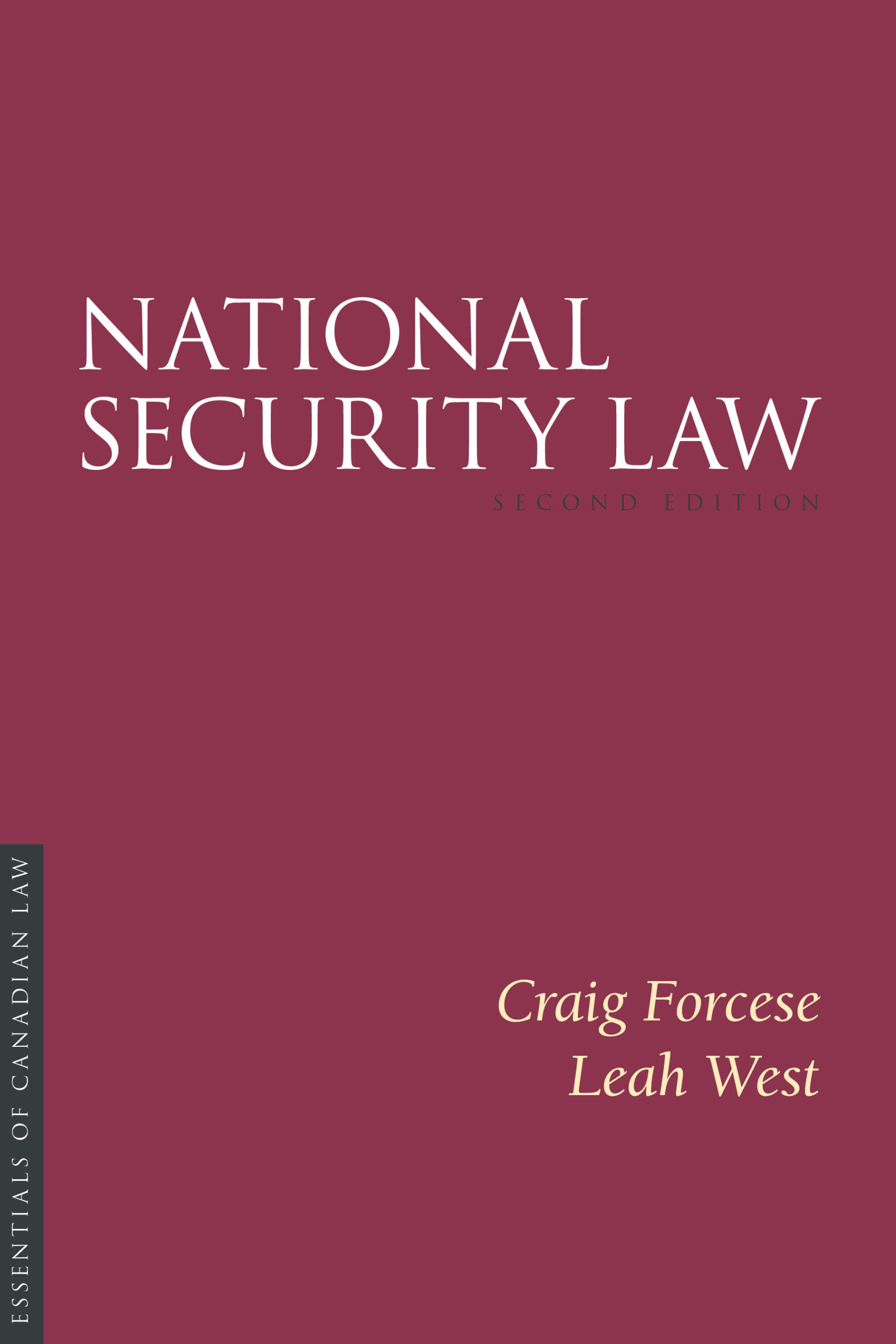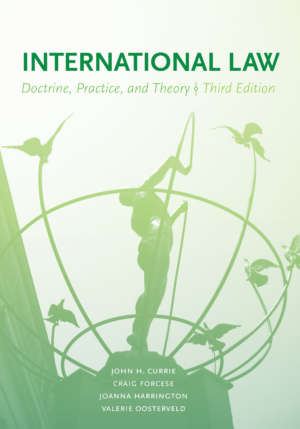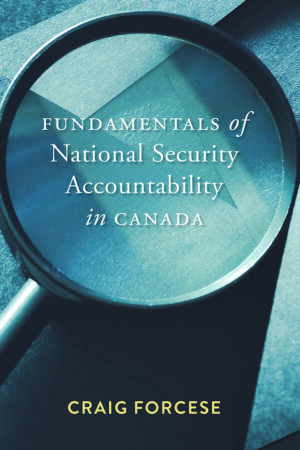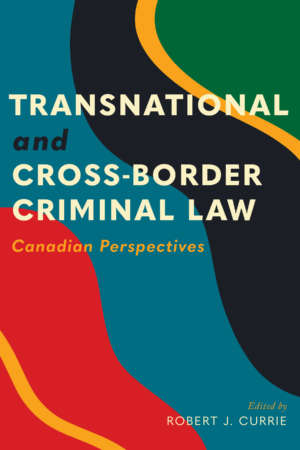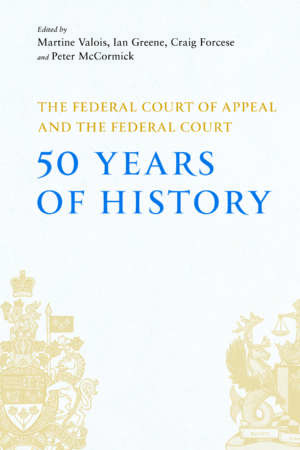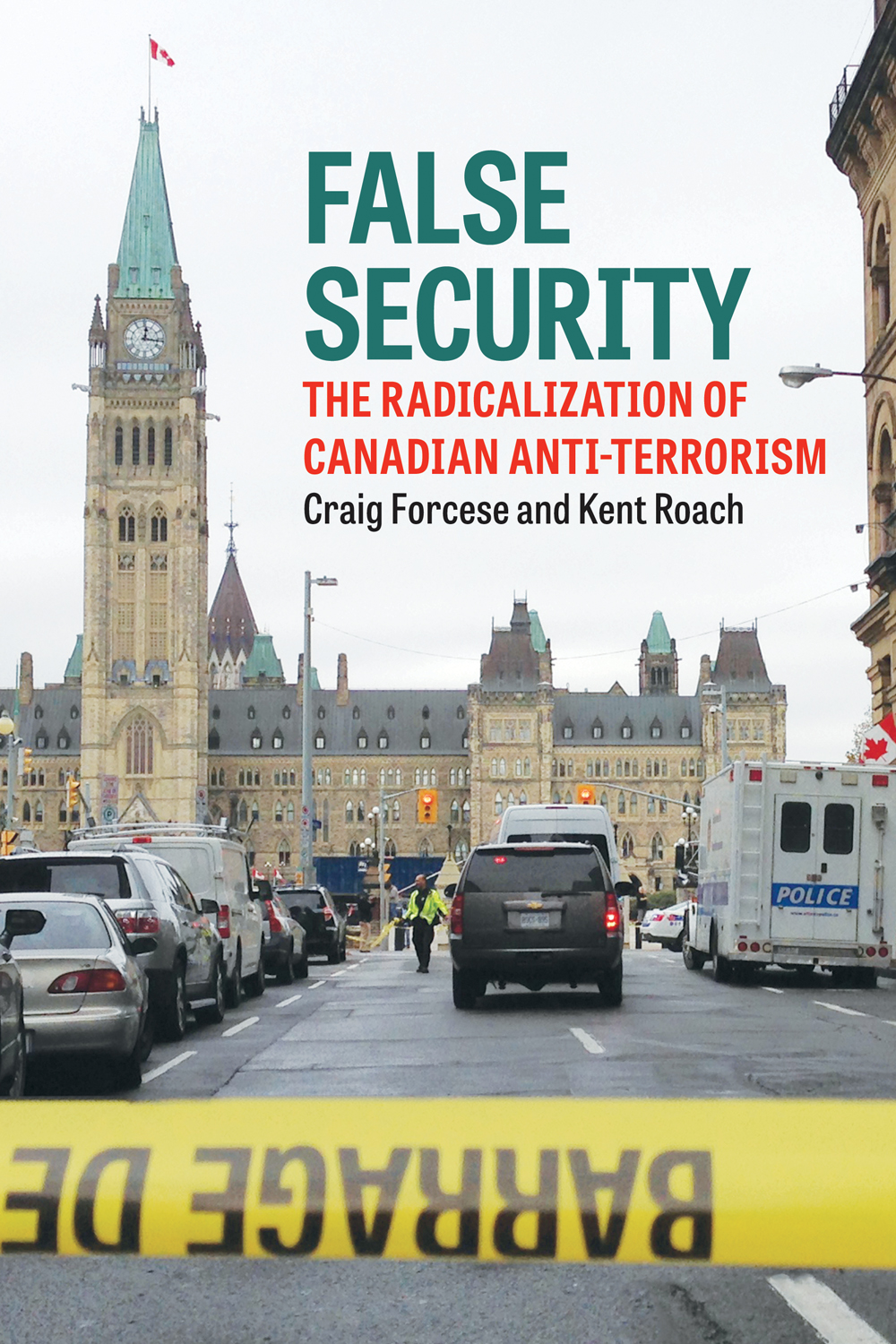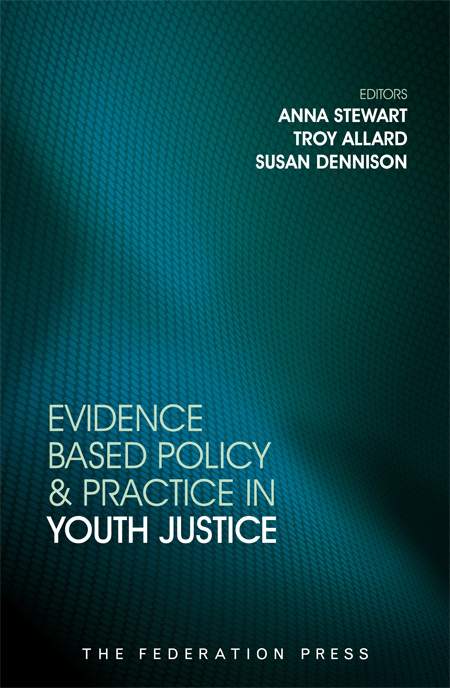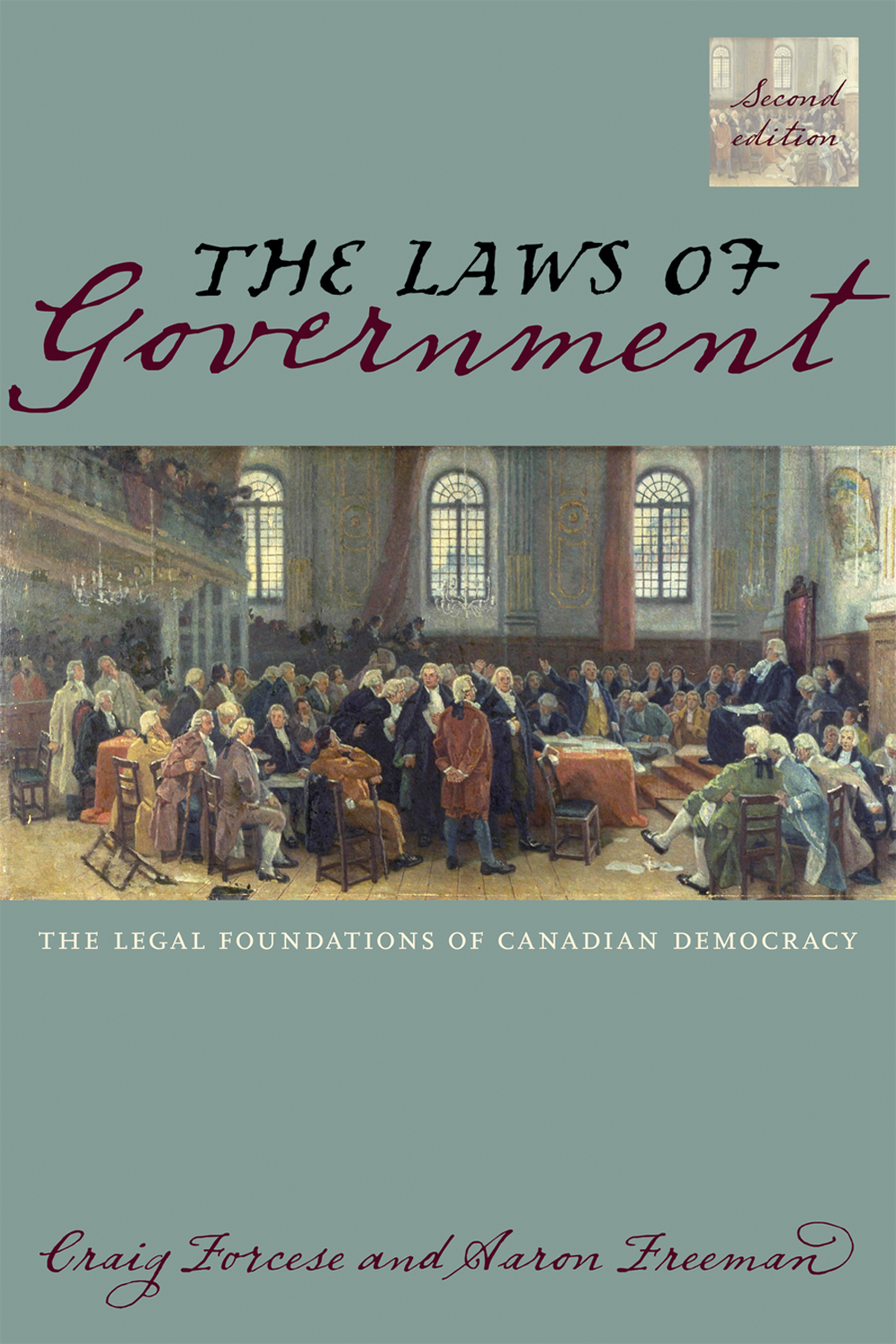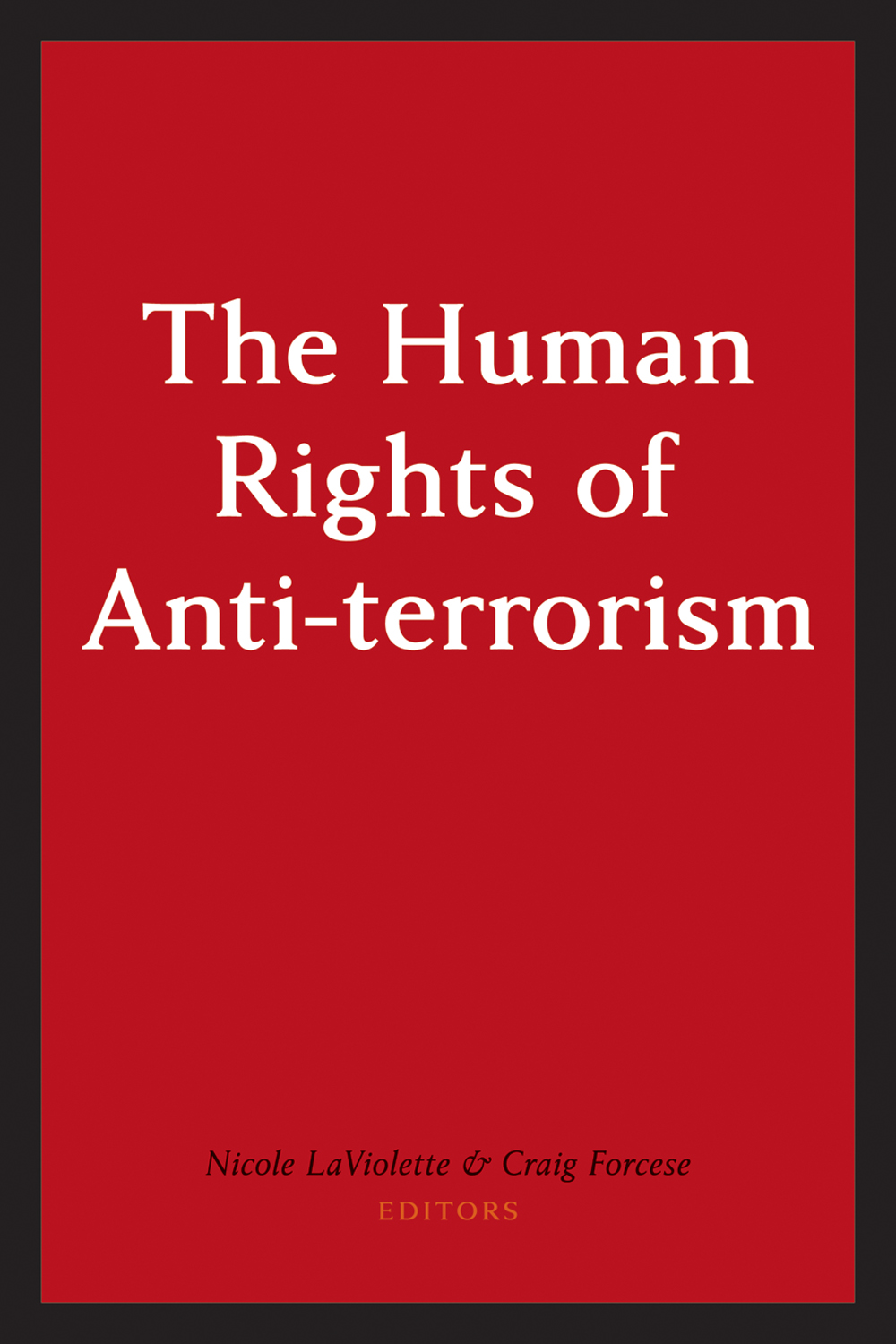Product Description
National Security Law, 2e, is about the law governing the Canadian state’s response to serious crises — that is, events that jeopardize its national security. The book approaches national security law as a system, organizing its discussion of law around five themes: structure (the mandate and roles of national security agencies); threats (aggression, terrorism, interference, proliferation, and emergencies); information (domestic and international intelligence collection, sharing, and information secrecy); response (including security screening and assessment, aviation “no fly” listings, passport revocation, immigration detention and removals, peace bonds, preventive detention, threat reduction, defensive and offensive cyber, criminal prosecutions, and use of force); and accountability (national security review).
Given the evolution of Canadian law in these areas, this second edition is a comprehensive rewrite of the first edition, first published in 2007.
Readers may be interested in this primer course on national security law that the authors have created in support of the book.
List of Tables, Charts and Figures
Preface and Acknowledgements to the Second Edition
Preface and Acknowledgements to the First Edition
PART ONE: STRUCTURE
Chapter 1: Scope
A. Towards a Definition of National Security
B. Three Generations of National Security Law
C. Hard Dilemmas
Chapter 2: Dilemmas
Part I: The Relationship between National Security and Rights
A. Security as the Foundation for Rights
B. Rights as the Foundation for Security
C. The Concept of Synergy
Part II: National Security Dilemmas
A. Preserving Democracy in Combatting Tyranny
B. Deploying the Rule of Law in Reacting to Chaos
C. Preserving Rights in Defending Freedom
D. Protecting People While Leaving Them Alone
E. Acting Transparently in Responding Covertly
F. Acting Decisively in a Fog of War
G. Conclusion: The Dangers of Utilitarianism
Chapter 3: Institutions
Part I: United Nations Framework
A. United Nations System
B. Security Council Powers and Authority
Part II: Overview of the Canadian Framework
A. Division of Powers Between Federal and Provincial Levels
B. The Separation of Powers
Part III: Federal Agencies and Bodies
A. Privy Council Office
B. Department of National Defence and the Canadian Armed Forces
C. Public Safety Canada and Its Specialized Agencies
D. Global Affairs Canada
E. Other Federal Departments and Agencies
PART TWO: THREATS
Chapter 4: Aggression
Part I: Limitations on Use of Force
Part II: Exceptions to the Limitations on Use of Force
A. UN Security Council Authorization
B. Self-Defence
Chapter 5: Terrorism
Part I: Terrorism and National Security
Part II: Terrorism and International Law
A. The Challenge of Definition
B. The International Law of Anti‑terrorism in Historical Context
C. Piecemeal Anti-terrorism Conventions
D. General Anti-terrorism Treaty Obligations
Part III: Terrorism and Canadian Law
A. Pre-9/11 Criminal Code Provisions
B. UN Act Regulations
C. Criminal Code
D. Civil Remedies
Chapter 6: Interference
Part I: Treason, Sedition, and Subversion
A. Treason and Sedition
B. Neutrality Law
C. Enforcement
Part II: Foreign Influence
A. International Law Issues
B. Political Interference
Part III: Espionage and Sabotage
A. International Law Issues
B. Sabotage Offences
C. Espionage Offences
Chapter 7: Proliferation
Part I: Weapons Proliferation and National Security
Part II: Regulation of Non-state Use and Possession of WMD
A. International Treaties
B. UN Security Council Action
C. Canadian Implementation
Part III: Regulation of Use and Possession of WMD by States
A. Nuclear Weapons
B. Chemical Weapons
C. Biological Weapons
Part IV: Controls on Technology Transfer
A. International Export Controls
Chapter 8: Emergencies
Part I: Public Health Law
A. International Law
B. Canadian Public Health Laws
Part II: Emergency and Disaster Laws
A. Emergency Powers and International Law
B. Emergency Powers and the Constitution
C. Provincial and Territorial Emergency and Disaster Laws
D. Federal Emergency Laws
PART THREE: INFORMATION
Chapter 9: Source
Part I: Protection of Human Sources
A. Criminal Informants
B. Human Sources Protection
C. CSIS Justification Regime
Part II: Limits on Interrogation
A. International Human Rights Standards
B. Standards in International Humanitarian Law
C. Canadian Standards
Chapter 10: Search
Part I: Constitutional Protections
A. Reasonable Expectation of Privacy
B. Reasonableness
Part II: Lawful Searches and Seizures
A. Lawful Searches and Seizures Under the Criminal Code of Canada
B. Lawful Searches and Seizures Under the CSIS Act
C. Lawful Searches at the Border
D. Lawful Searches by the CSE Under Its “Assistance Mandate”
Part III: Lawful Seizures from Third Parties
A. Criminal Code Seizures
B. Disclosure of Journalistic Source Information
C. Commercial Passenger Information
D. Information Related to Terrorist Financing
Part IV: Foreign Intelligence Collection
A. Global Affairs Canada
B. Communications Security Establishment
C. Canadian Security Intelligence Service
Part V: Defence Intelligence
Chapter 11: Share
Part I: General Legal Considerations
A. Constitutional Principles
B. The Privacy Act
C. The Intelligence-to-Evidence Dilemma
Part II: Information Sharing Among States
A. UN Security Council Resolutions
B. Mutual Legal Assistance Treaty Process
C. Intelligence-Sharing Arrangements
Part III: Information Sharing Among Federal Agencies
A. Security of Canada Information Disclosure Act
B. Information Sharing by Security Intelligence Agencies
Chapter 12: Withhold
Part I: Closed Government
A. Canadian Charter of Rights and Freedoms
B. Access to Information Act
C. Privacy Act
D. Protecting Information
Part II: Closed Courts
A. Closed Proceedings
B. Section 38 of the Canada Evidence Act
PART FOUR: RESPONSE
Chapter 13: Screen
Part I: Government Security
A. Government Security Screening Model
Part II: Immigration and Citizenship Security Screening
A. Immigration Screening
B. Citizenship Act Screening
Part III: Transportation Security Screening
A. Transportation Facility Access Screening
B. Aviation Passenger Screening
C. Passports
Chapter 14: Restrain
Part I: International Principles Relevant to Detention
A. International Human Rights Standards
B. Canadian Constitutional Standards
Part II: Restraining Foreigners
A. Inadmissibility Proceedings
B. Security Certificates
C. Removal to Torture
Part III: Restraining Anyone
A. Anti-terror Peace Bonds (Recognizance with Conditions)
B. Preventive Detention and Recognizance with Conditions
Chapter 15: Interrupt
Part I: Law Enforcement Interrupt Tools
A. Investigative Interruption
B. Law Enforcement Justification for Illegality
Part II: CSIS Threat Reduction
A. A Brief History of Security Intelligence Disruption
B. The 2015 Changes
C. The 2019 Reform
Part III: Active and Defensive Cyber Operations
Chapter 16: Prosecute
Part I: National Security Prosecutions in Canada
Part II: Investigations and Prosecutions
A. Police Investigations
B. Crown Prosecutions
Part III: Disclosure and the Intelligence-to-Evidence Dilemma
A. “First Party” or Stinchcombe Disclosure
B. “Third Party” or O’Connor Disclosure
C. Judicial Authorizations and Disclosure
Part IV: Sentencing
A. Sentencing for Terrorism Offences
B. Rehabilitation
Chapter 17: Force
Part I: Force by Law Enforcement
Part II: Use of Force by the Canadian Armed Forces in Domestic Operations
A. Deploying the Military
B. Legal Standards Limiting Force
Part III: Use of Force by the CAF in International Operations
A. Deploying the Military
B. Legal Standards Limiting Force
PART FIVE: ACCOUNTABILITY
Chapter 18: Review
Part I: Review Principles
Part II: History of Specialized Review in Canada
A. Review of the Executive
B. Review of National Security Agencies
Part III: Modern Review and Oversight
A. National Security and Intelligence Review Agency
B. National Security and Intelligence Committee of Parliamentarians
C. Intelligence Commissioner
Table of Cases
Index
About the Authors

